
“Take time to disconnect and find the wonder in the world around you. Nature does not require a Wi-Fi connection.”
Jane Goodall
In my last post, I broke down why doomscrolling feels unstoppable — because it’s less a bad habit and more a digital hypnosis machine. But here’s the kicker: even when you try to escape with a “social media detox,” you’ll find out the hard way that it’s not the miracle cure it pretends to be.
People say a social media detox feels liberating. But when I deleted Instagram on a Tuesday afternoon, it felt more like stepping off a treadmill that was still moving.
By Thursday morning, I was sitting in my car at a red light, staring at the empty hole on my home screen where the app used to be, and I started crying. Not sad crying but panic crying.
The kind that makes you wonder if you’re in a breakdown or a breakthrough. Then, a horn blared behind me. My hands were shaking. That’s when it hit me: the problem wasn’t Instagram. It was me.
Everyone’s doing social media detox like they’re cleansing their chakras with kale smoothies. Delete the apps, reclaim your attention, and reconnect with real life. The internet is full of before-and-after stories:
“I quit social media for 30 days and became a productivity machine/found inner peace/wrote a novel/finally felt present.”
It all sounds lovely. So simple. Apps bad, but real life is good. That’s like thinking kale smoothies will cure your depression.
But here’s what nobody tells you: most people who start a social media detox are back on their phones within 72 hours. Not because they lack willpower. Not because they’re weak. But because they never addressed why they were scrolling in the first place.
You can’t out-discipline a need you haven’t acknowledged.
Social media isn’t “addictive” in the way cocaine is addictive. It’s something potentially more insidious: it’s a variable reward system. Every time you refresh your feed, you’re pulling a slot machine lever.
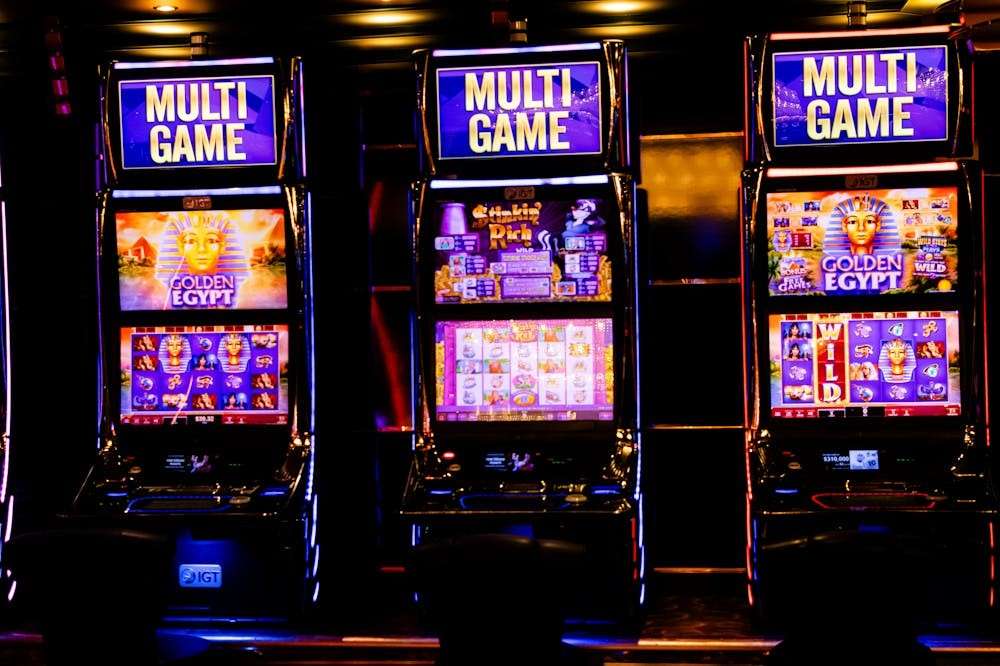
Sometimes you win—a funny video, a juicy piece of drama, or a notification that makes you feel seen. Most of the time, you don’t.
B.F. Skinner figured this out in the 1950s with pigeons and food pellets. Variable rewards—rewards that come unpredictably—create stronger behavioral patterns than consistent rewards. Your brain gets hooked not on the dopamine hit itself, but on the anticipation of maybe getting one.
Every scroll is a gamble. And your brain loves to gamble. Vegas doesn’t need you; TikTok already has you losing your shirt one dopamine pellet at a time.
Anna Lembke, author of Dopamine Nation, explains: Constant scrolling drops your baseline dopamine levels. Your brain adapts to the constant stimulation by becoming less sensitive to it. You need more stimulation to feel the same hit. When you’re not scrolling, you feel restless, anxious, and empty.
Meanwhile, your attention span is quietly dying. Gloria Mark, a researcher at UC Irvine, found that the average attention span dropped from 2.5 minutes in 2004 to 47 seconds by 2021. Forty-seven seconds. That’s barely enough time to read this paragraph without your brain starting to wander.
And none of this is an accident. Tristan Harris, former Google design ethicist, says it plainly: infinite scroll, autoplay, and notifications—they’re engineered to hijack your nervous system.
You’re not weak for scrolling. You’re a human in a lab experiment designed to keep you hooked.
The question isn’t why you can’t stop. It’s what you’re getting from it that you can’t get anywhere else.
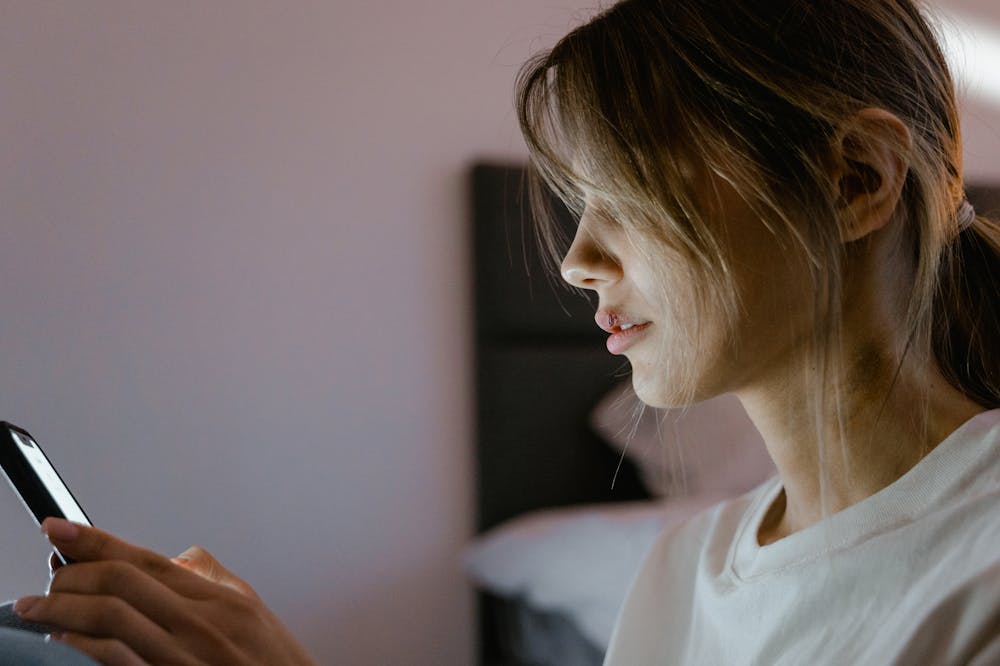
So you delete the apps. Now what? Here’s the timeline nobody prepares you for.
The first 72 hours are brutal. You’ll reach for your phone 60, maybe 80 times out of pure habit. Your hand moves to your pocket before your conscious mind even registers what you’re doing.
Phantom vibrations trick your nervous system … It’s like your pocket is haunted by the ghost of Twitter notifications. Anxiety spikes. Your cortisol levels increase because your routine has been disrupted. You feel restless, irritable, and like something’s wrong, but you can’t quite name it.
Your brain is in a dopamine deficit. It’s used to constant micro-hits of novelty, and now it’s starving.
The panic fades. Now comes crushing boredom. Suddenly you have hours with no clue what to do.
You’ll stand in your kitchen, staring at a spoon for ten minutes. You might clean obsessively. Or watch TV for six hours. Or eat when you’re not hungry just to have something to do.
And here’s the really uncomfortable part: emotions you’ve been scrolling past start surfacing. Anxiety. Loneliness. Grief you didn’t know you were carrying.
The scroll was keeping them at bay, and now they’re here, demanding attention.
By week two, people expect to feel amazing. Focused. Creative. Present.
Some people do. But just as many don’t.
Because if you were using social media to avoid something—work you don’t want to do, a relationship that’s failing, existential dread about your life direction—deleting the apps doesn’t make those things disappear. It just removes your primary coping mechanism.
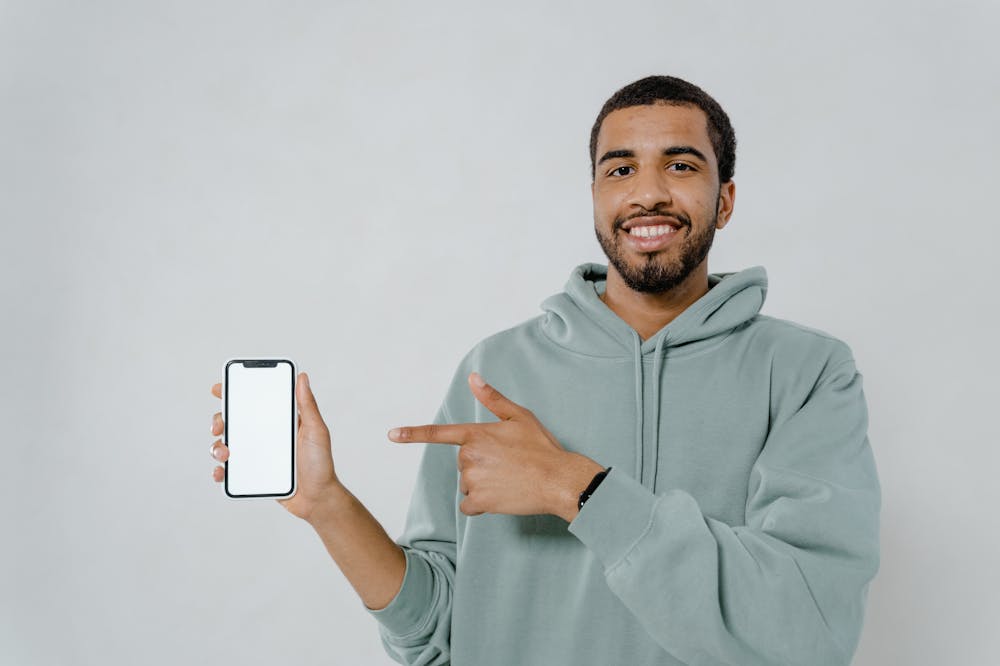
Your brain hunts for new distractions: TV, food, and online shopping. Your brain is creating new pathways. But old habits die hard, and you’re in the awkward middle—not addicted anymore, but not yet comfortable with the new normal.
Your attention span noticeably improves. Conversations feel deeper. You’re actually listening instead of waiting for your turn to talk while mentally composing a tweet.
Creativity returns. Your default mode network—the part of your brain that activates when you’re bored and makes unexpected connections—comes back online. You remember what it’s like to daydream.
But here’s the part that breaks some people: you might discover that you actually liked the distraction more than you like yourself.
Without the apps, who are you?
Your brain has adapted. Your dopamine baseline is closer to normal. Attention restoration is measurable. But here’s the catch: if you go back to old habits without conscious boundaries, you’ll reset the entire cycle in days.
Here’s what most social media detox advice gets wrong: it treats social media like a bad habit you need to eliminate. Just delete the apps. Just use willpower. Problem solved.
But habits don’t exist in a vacuum. They exist because they’re meeting a need:
Your brain craves novelty. Scrolling provides endless, effortless stimulation.
Humans are wired for community. Watching someone’s stories, reading their tweets, seeing their life unfold—it tricks your brain into feeling connected.
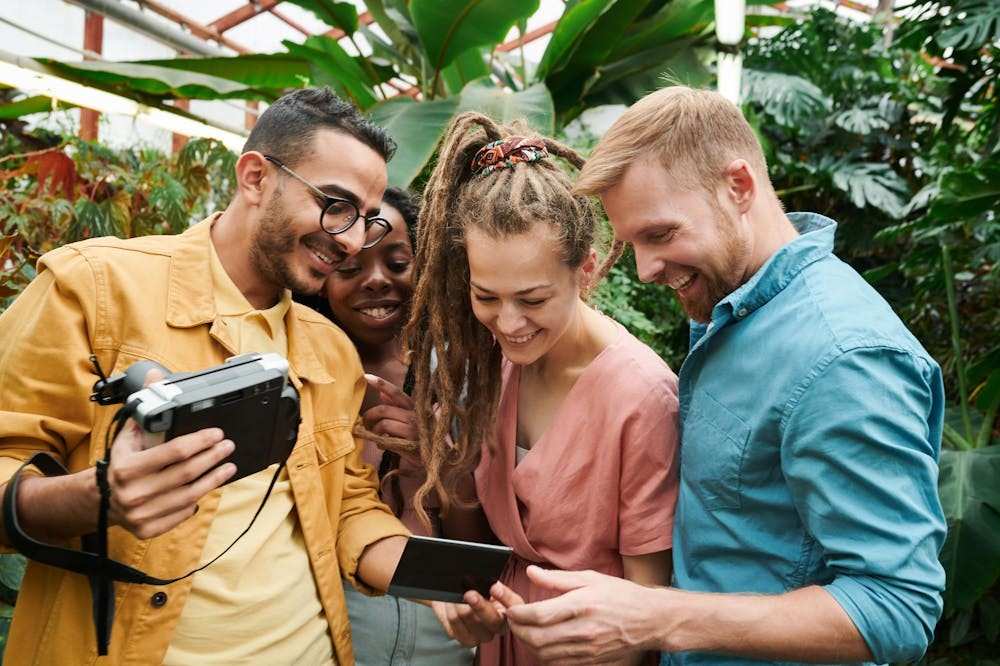
Likes = a microdose of approval. Comment = proof of you.
Feeling anxious? Scroll. Feeling lonely? Scroll. Feeling the existential weight of your own mortality? Scroll.
Social media lets you be the highlight reel version of yourself. The witty one. The successful one. The one with their life together.
If you delete the apps without addressing these needs, you’re left with a gaping hole.
This is why willpower alone doesn’t work. Roy Baumeister’s research on ego depletion shows that willpower is a finite resource. You can white-knuckle it for a few days, maybe a week, but eventually you’ll crack. Not because you’re weak, but because you’re fighting against unmet needs with sheer force of will.
If you’re scrolling to avoid anxiety, deleting the app doesn’t delete the anxiety. It just removes your primary numbing agent.
Most people fail at social media detox because they think the problem is the app. It’s not. The problem is that you don’t know how to be alone with yourself. And until you face that, every detox is just theater.
The urge to reach for your phone is automatic. Conditioned. Triggers like waiting in line, feeling lonely, or winding down at night all tell your brain: scroll now.
Your subconscious has learned: trigger appears, phone makes it better. The pattern is so ingrained that it happens faster than conscious thought. And underneath those triggers are beliefs you might not even know you’re carrying:

These aren’t rational thoughts. They’re emotional truths your nervous system believes. In hypnotherapy, we work with these patterns directly. We identify the trigger, interrupt the automatic response, and consciously install a new one.
It looks something like this:
“When I feel the urge to scroll, I’ll pause, take three breaths, and ask: What do I actually need right now? Connection? I’ll text a friend. Stimulation? I’ll go for a walk. Validation? I’ll acknowledge something I did well today.”
You’re not fighting the urge. You’re redirecting it toward something that actually meets the underlying need. The goal isn’t to eliminate the impulse. It’s to bring it into consciousness so you can choose differently.
Here’s the blunt truth: What if you unplug and discover you’re boring? What if the problem wasn’t the phone? What if it was that you genuinely don’t know what you want from your actual life?
This is the existential crisis that follows most successful digital detox. Social media gives you an identity. You’re the one who posts beautiful photos. The one with hot takes. The one living an interesting life worth documenting.
Without it, who are you?
Johann Hari, in Stolen Focus, puts it well: we’re addicted not just to devices, but to distraction itself. Because distraction keeps us from asking the harder questions:
“Am I in the right relationship? Am I doing work that matters? Am I living the life I want?”
The phone isn’t the villain. Unconsciousness is.
Real transformation isn’t about deleting apps. It’s about building a life interesting enough that you don’t need the distraction. It’s about learning to sit with discomfort instead of numbing it. It’s about discovering who you are when no one’s watching.

And that work? That’s harder than any detox.
Forget cold-turkey detoxes. They collapse. What you need is a reset. Here’s how:
Don’t delete anything yet. Just observe and track when and why you reach for your phone. Notice the triggers: boredom, anxiety, and avoidance. Write it down:
“Reached for phone while waiting for coffee. Because apparently, I can’t survive 90 seconds with my own thoughts.”
“Scrolled for 20 minutes to avoid starting work. Pulitzer-worthy time management.”
“Checked Instagram because I felt lonely. Nothing says ‘deep human connection’ like stalking my ex’s vacation photos.”
Awareness is the first step. You can’t change a pattern you don’t see.
Look at your tracking. What is social media actually giving you? Be brutally honest. Are you scrolling for connection? Validation? Distraction from something you don’t want to face?
Write down the top three needs your social media use is meeting. These are your targets for replacement behaviors.
Before you delete a single app, create alternatives for those needs. If you’re scrolling for connection, schedule actual hangouts. Join a community—book club, running group, something with humans in real space.
If you need validation, build internal self-worth practices. Journaling. Therapy. Breathwork. Whatever actually works for you.
Now—and only now—start reducing. Turn off ALL notifications. Every single one. Delete apps from your phone but keep your accounts. Access via browser only. The added friction (typing in URLs, waiting for pages to load) breaks the automatic reach.

Set strict time limits. Thirty minutes a day, max. Use app blockers if you need external enforcement. Create phone-free zones: bedroom, meals, first hour of morning, and last hour before bed.
This is the hardest and most important step: sit with nothing for ten minutes every day. No phone. No book. No music. No distraction. Just you and your thoughts.
Set a timer. Close your eyes if that helps. And do absolutely nothing. Your brain will scream at you. You’ll itch to move, to check something, to do anything. Thoughts will spiral. Anxiety will surface.
You might feel like you’re going to crawl out of your skin. Sit anyway. Yes, even if your brain screams louder than a toddler denied an iPad at dinner.
This is where the real work happens. Not in the deleting of apps, but in the capacity to be present with yourself without needing external stimulation to regulate your nervous system.
After 30 days, reassess. What do you actually miss? What feels better without it? How do you want to re-engage, if at all?
The goal isn’t to never use social media again. It’s to stop using it as a numbing agent and start using it as a tool—when you choose, for a purpose, on your terms.
Three months after my detox, I reinstalled Instagram. But something was different. I wasn’t reaching for it every five minutes. I wasn’t checking it first thing in the morning or last thing at night. I’d scroll for ten minutes, see what I needed to see, and put it down.
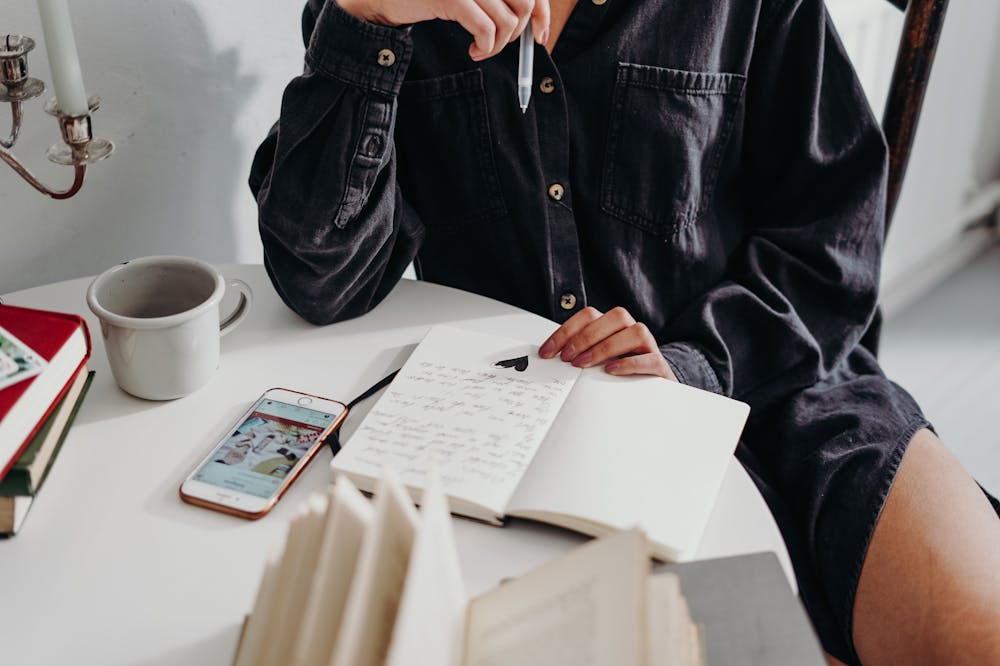
Not because I had ironclad discipline. But because I’d learned to sit with boredom. To notice when I was avoiding something. To meet my own needs without outsourcing them to an algorithm.
The transformation wasn’t about the apps. It was about recognizing the patterns running my life and choosing differently. I still get bored. I still feel lonely sometimes. I still have moments where I want validation from strangers on the internet.
But now I see those impulses for what they are. And I have other options.
Social media isn’t the villain. Unconsciousness is. Your brain will rewire. Neuroplasticity guarantees that. The question is, are you going to let an algorithm do it, or are you?
Here’s what I want you to try—not tomorrow, not next week, but today:
Put your phone in another room for one hour. Not during work. Not while you’re busy. During your usual scrolling time. Sit with what comes up. The boredom. The anxiety. The sudden, irrational fear that you’re missing the biggest meme drop of 2025. Spoiler: you’re not.
That discomfort? That’s where your real life is waiting.
The version of you who doesn’t need constant stimulation. Who can be alone without being lonely? Who actually knows what they want?
That version is waiting on the other side of the scroll. You just have to sit in the gap long enough to meet them.
Not sure why breaking up with your apps feels impossible? Start here: Why Doomscrolling Feels Unstoppable: The Hypnotic State You’re In
DISCLOSURE: In my article, I’ve mentioned a few products and services, all in a valiant attempt to turbocharge your life. Some of them are affiliate links. This is basically my not-so-secret way of saying, “Hey, be a superhero and click on these links.” When you joyfully tap and spend, I’ll be showered with some shiny coins, and the best part? It won’t cost you an extra dime, not even a single chocolate chip. Your kind support through these affiliate escapades ensures I can keep publishing these useful (and did I mention free?) articles for you in the future.
READ NEXT